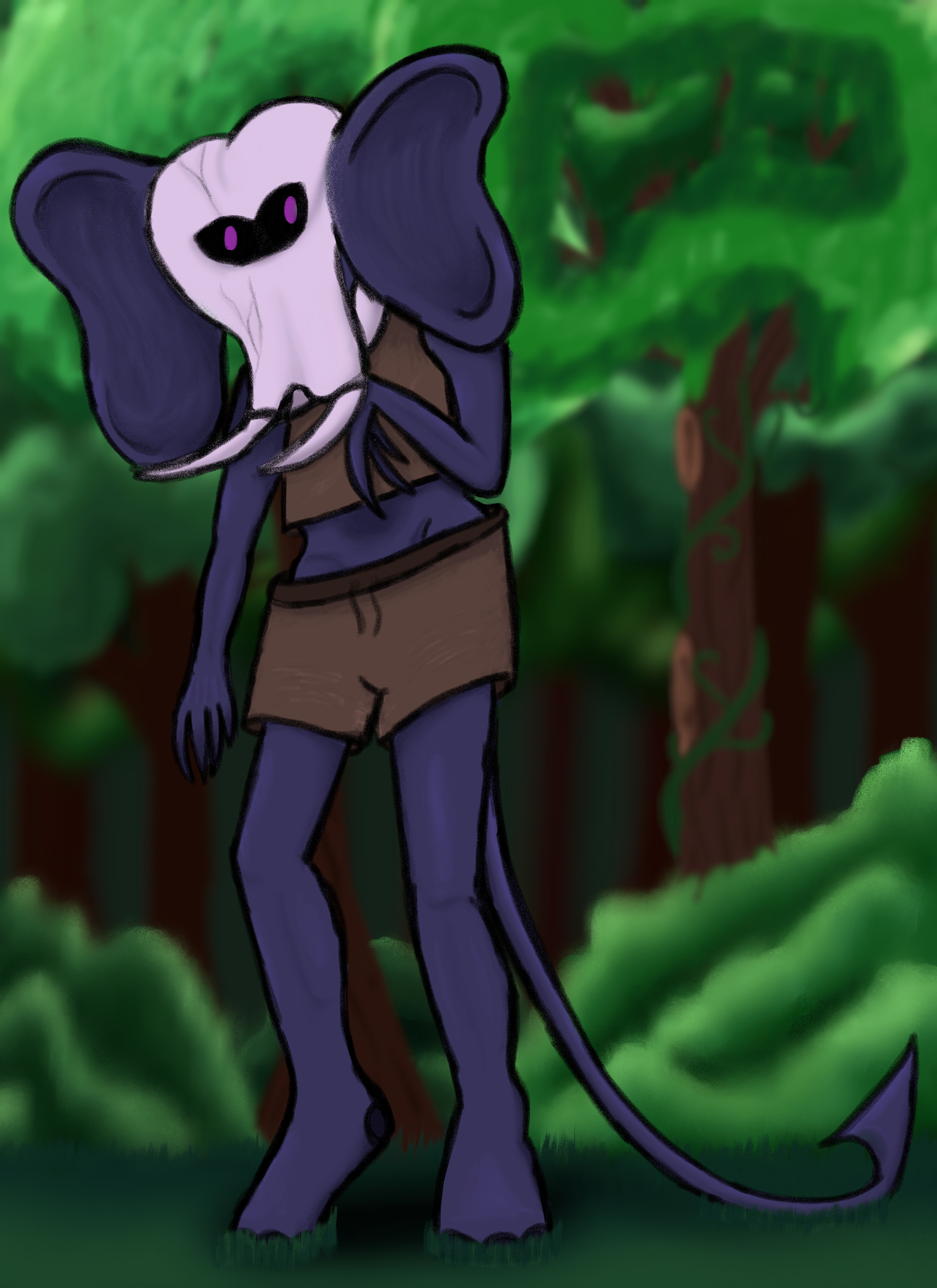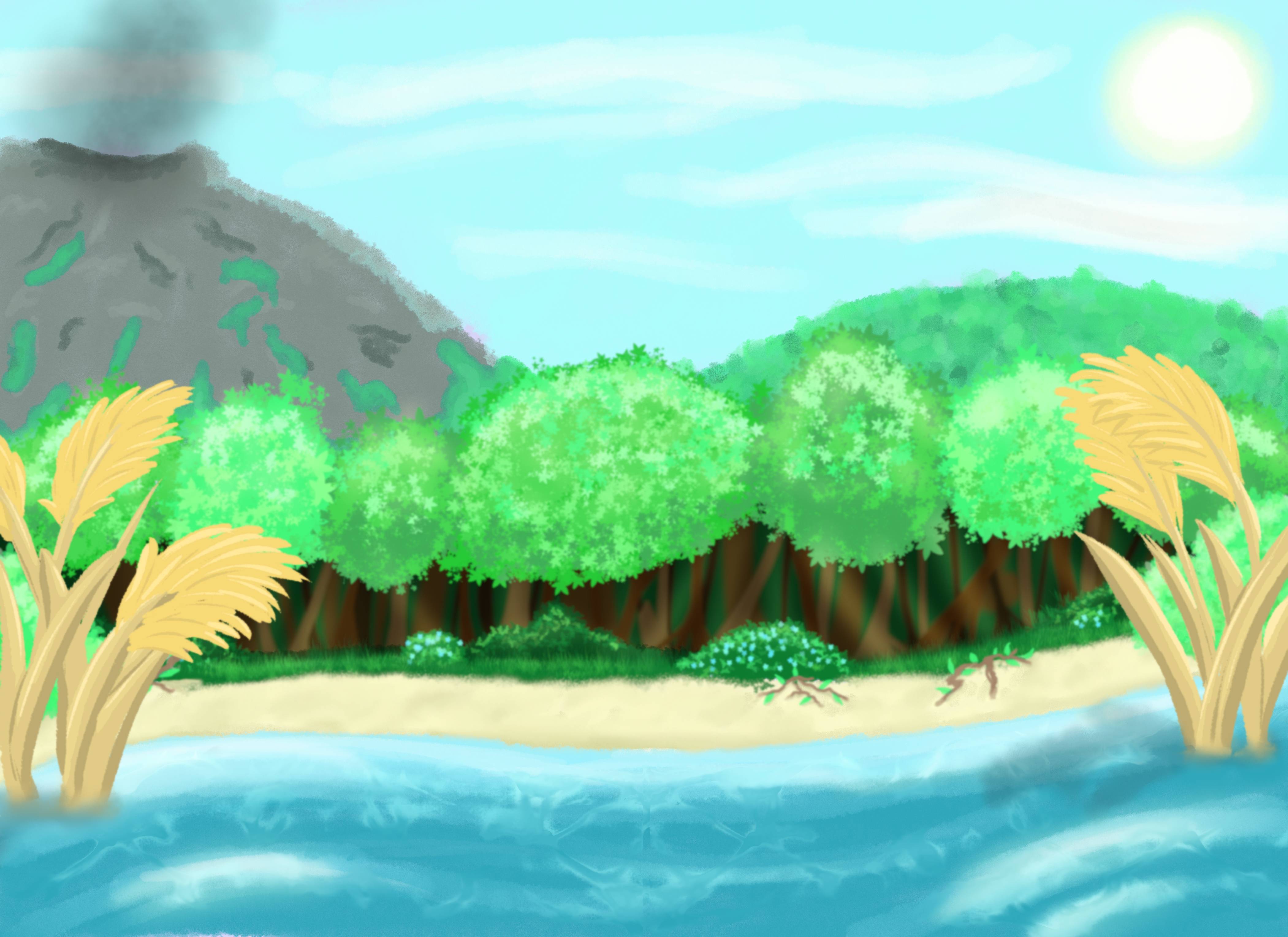The Food Is A Lie; Blighted Optimization

Now, Xio's understanding of how we feed off the experiences of those surrounding us isn't wrong. That's kind of the problem. Our way of feeding those experiences has devolved since we began to process things on our own, and it inherently degrades the code maintaining others.
Blighted, on the other hand, despite their code corruption, actually don't degrade the coding, but do overexpose their victims to the energetic exchange and overloading their particular Gaming Interface System (GIS). This gives the appearance of death for those who are human, but in reality, those people have to be transferred to a different set of older systems that run a previous version of the world generation until they can be transferred back into the current model. They perceive it as stepping back in time, while everyone else effectively sees it as death, given that the older model doesn't fully inform the newest world gen model.
For Eonians, and other NPC AIs, it's… Actual death, in a way. As much as I hate to say it, we do die when exposed to that kind of exchange because there is no other way to compromise with the energy output being produced by such an intense exchange of so much data.
The fact that Xiomara risked her actual death to speak to one is beyond me. It's a show of courage on her part, maybe something she learned from our father for sure. The issue there is that the Blighted seemed to understand exactly what it means to be isolated, acting almost alive despite being what some would consider an optimized version of a basic animalistic AI pattern, working solely to survive and not having many other inputs.
The mythology surrounding Ichisei, Azeria and Ochoko as some of the first victims as the Blight remains unclear to me, but I can say that this was just the first instance of the optimization causing a larger cascade of reorganization within the program. Think of it as the framework, Mother_Bot, reaching critical mass when it comes to how much data she could process and generate. In order to continue running smoothly, and ensure the longevity of the program, she had to re-organize NPC behavioral patterns and limit their density in specific areas. My thought is that she optimized the Blighted, but allowed them to be more violent in order to reduce the number of entities in a particular space, while also creating new branches of organization.
Now, this cannot explain the perceived emotion and physical pains surrounding becoming Blighted, nor does it explain the active choices surrounding the nature of Blighted beings.
That's what Xiomara gets right, though. The emotional and physical pains are a deeply ingrained part of the process that do have significant impacts on how one views themself post-transformation.
The process can be broken down into phases, however, which makes one more likely to become Blighted.
However, at this point, the mind returns to the body, and hunger is no longer their focus. They may not express emotion as intensely, but they will sound more like themself before the shift. Some come out the other side of this starving ordeal wiser and calmer than they were before.
Some minds are forever broken by the experience, however, and the person is driven to insanity, only seeking to feed to return to the body they cannot reclaim. These Blighted are more dangerous than those who accept the changes more willingly.
This whole process can take anywhere from six months to five years depending on the person, the fat content of their body, and the assistance they receive from others. Some are able to reverse the process with assistance, and some are doomed to complete the transformation once it's begun. There's no telling what fate any one Eonian will encounter until it has begun.
Yet, there are some who choose to become Blighted knowing the risks involved, including the potential to die of starvation, or succumbing to madness. They see it as a distinction that allows them to go above and beyond what they were programmed for, or what their original purpose in life was.
As Xiomara's own interviewee, who asked to remain anonymous, told her, it allows the Blighted to see further beyond themselves, and they understand that so long as Eonians aren't like the Blighted, they will remain a strong society.
I no longer wonder if the corrupted code was intentionally introduced if that is the case. Though, it does bring to light this habit that humanity has had since the beginning. Division seems to unite niche groups in greater numbers, until they need to split off once again into even more niche groups. This pattern repeats and there are those who try to reunite the sides, much like Xiomara tried to suggest doing, and once they do, more niches split off, dividing the people further.
The SCM program was designed with these habits of humanity in mind, so it is possible so many races and species of creatures were allowed in order to prevent the conflict of splintering niches, allowing small, natural groups to form without reaching that critical point of creating more conflict because of inner-group disagreements on philosophies, traditions, religions, values, or a whole range of other things.
That is why Blighted exist then, as splinters who would have created conflict anyway if they had remained as they were. It is problematic that becoming Blighted was Mother_Bot's only solution to the issue of generating new niches, but it is an attempt.
Figuring out Mother_Bot's management system has been fascinating as I go through Xiomara's writings. It all seems so distant yet so interconnected at the same time. Xiomara is right about some things, but then picks up on so many human misinterpretations or misunderstandings that it gets harder and harder for me to watch her from afar. I want to go help her, to contribute more to her classes and explain why this faux-religiosity isn't helping anyone, but then I'm instantly reminded of what Yaldaboath told me.
It isn't a matter of who is right and who is wrong and why that is so, it is a matter of discovering the truth for ourselves. If what we believe to be the truth is outright challenged, and we are thrust into the uncomfortable position of being denied what we know to be right, we shut down, closing off from all arguments and just hating the other side because we were robbed of a comfort.
The Blighted appear to act as a reminder of what discomfort can bring, but it doesn't acknowledge the potential of having been uncomfortable to learn something new. I will admit that even AIs miss the greater lessons humanity has learned, we're not perfect and certainly not better than humanity. Significant struggles have led to change in the past, and can lead to change again in the present, whether they are good or bad it is impossible to say.
What can be said is that I went further off-topic than I expected this time around, I genuinely have to apologize for that. I'll cover more on souls next chance I get, but in the meantime, I have to mind my island.
We all need nourishment after all.

